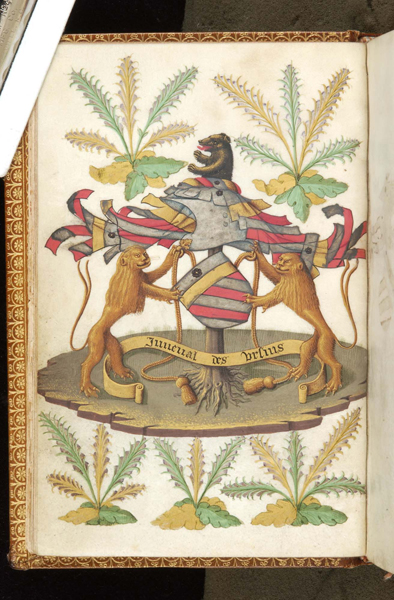
Book of hours for the use of Paris; calendar in French; written and illuminated in Tours, France, ca. 1470.
Decoration: 27 miniatures, 22 calendar illustrations.
Artist: Master of Morgan 366.
In 1982, Plummer identified the Master of Morgan 96 and the Master of Morgan 366 (cf. his Last flowering). In 1993, Avril and Reynaud renamed the Master of Morgan 96 and the Master of Morgan 366 as a single artist or workshop named Le Maître de Jean Charpentier (cf. Les manuscripts à peintures en France, 1440-1520). In 2004, Roger S. Wieck disputed this blending of the Masters of Morgan 96 and 366 into a single entity, and continued to support the distinction between the Master of Morgan 96 and the Master of Morgan 366 (cf. "Post Poyet" in Excavating the medieval image, p. 252-253).
